Garlic is a member of the Amaryllidaceae family, a cousin of our beloved onions and leeks, which are extremely aromatic and healthy.
Garlic consists of a head called a bulb, which is made up of individual cloves. Both the individual cloves and the entire bulb are encased in paper-like skins, which can be white or pink. The cloves themselves are almost white in color and although they have a firm consistency, they can be easily cut or crushed.
Originating in Central Asia, garlic is one of the oldest cultivated plants in the world, having been produced for over 5, 000 years. The ancient Egyptians were among the first to cultivate it and it played an important role in their culture. Garlic was not only considered to have sacred qualities and was placed in the tomb of the pharaohs, but was also given to the people who built the pyramids to improve their endurance and health. Garlic was also revered by the ancient Greeks and Romans, whose athletes consumed garlic before sporting events and soldiers before going to war. By the 6th century BC, garlic had also become known in China and India.
For millennia, garlic has been a favorite plant of many cultures, thanks to its culinary and medicinal properties. Today, China, South Korea, India, Spain and the United States are among the leading producers of garlic for commercial purposes.
The antimicrobial properties of garlic were discovered a long time ago. In 1858, Louis Pasteur confirmed them and in the 20th century, Albert Schweitzer successfully applied the vegetable to treat dysentery in Africa.
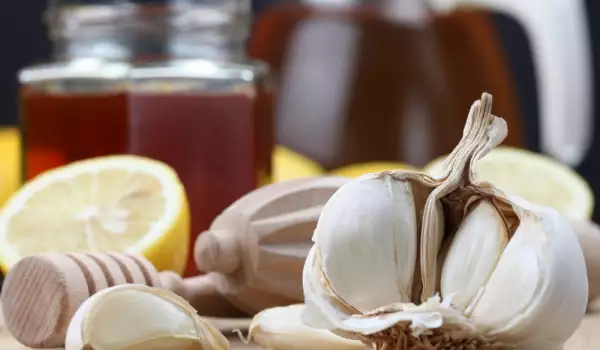
Composition of garlic
Garlic is an excellent source of manganese, vitamin B6 and vitamin C, protein and thiamin (vitamin B1), as well as the minerals phosphorus, selenium, calcium, potassium, iron and copper. About 28 grams of clove of garlic contains 42 calories and 1.8 grams of protein.
Recently, the chemical element germanium, which is known for its anti-tumor properties, was discovered in the composition of garlic. Garlic contains over 200 bioactive ingredients, the most important of which are alliin and allicin.
Selection and storage of garlic
In order to preserve the maximum taste and nutrients contained in garlic it is necessary to buy it fresh. It is also available dried, powdered or in paste form. When buying garlic, it is necessary to ensure that it has a strong skin, that it is not soft, shriveled and that its leaves have not started to sprout. Fresh garlic is stored uncovered in containers in a cool and dark place.
Garlic in cooking
In cooking, garlic is often used as a spice and as a product - both fresh and heat-treated. In our country, garlic is very often used crushed into a paste with salt, as an addition to tarator, tripe soup, brawn, fish sauces, as well as in dressings for meat dishes and stews. Apart from all this, garlic is one of the main ingredients of pickles. It is very often combined with parsley, which is believed to neutralize the heavy smell temporarily.
To be able to peel the cloves more easily, place them on the cutting board and press them with the blunt side of the knife on top.
It is preferable to sauté the garlic at a lower temperature for a short time. If it is cooked too long at a high temperature, it darkens and becomes bitter.
Chopping, pressing, or mashing in a proper garlic press releases more of the garlic essential oils and has a sharper flavor than when sliced.
If you want to make garlic bread, rub the toasted bread with garlic and spray it with olive oil. To remove the strong smell of garlic from your hands, first rub them with salt or lemon juice, then wash them thoroughly with soap.
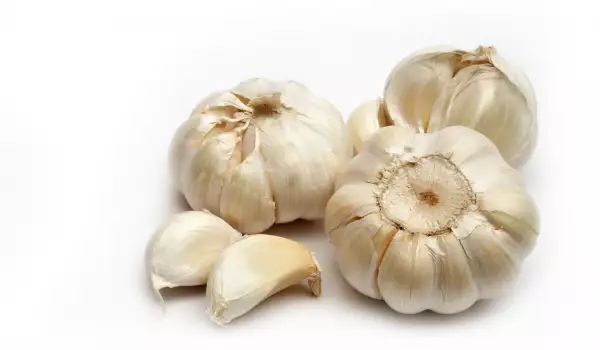
Benefits of garlic
Chopping or pressing garlic cloves stimulates an enzymatic process that converts the plant substance alliin into allicin, which is responsible for the great health benefits that garlic has. In order to allow for maximum production of allicin, one should wait a few minutes before eating or preparing chopped or pressed garlic.
Numerous studies prove the potential benefits of regular consumption of garlic on blood pressure, platelet aggregation, serum triglyceride level, as well as cholesterol level. Regular consumption of garlic can also help stimulate the production of nitric oxide in the walls of blood vessels. The substances contained in garlic can also help prevent atherosclerosis and diabetes, as well as reduce the risk of heart attack or stroke. One of the reasons garlic has so many beneficial effects is its ability to reduce the amount of free radicals in the blood.
Garlic, like onions, contain compounds that inhibit lipoxygenase and cyclooxygenase, the enzymes that generate inflammation. Those on the contrary inflammatory compounds along with vitamin C found in garlic, especially fresh garlic, help protect in some cases of asthma and also reduce pain and inflammation in osteoarthritis and rheumatoid arthritis.
In addition, allicin, one of the sulfur compounds responsible for garlic's characteristic smell, is a powerful antibacterial and antiviral agent. Thanks to it, garlic is a powerful antibiotic and even participates in many medicines.
Consumption of garlic and onions also significantly reduces the risk of certain types of cancer, namely cancer of the oral cavity and pharynx, esophagus, colorectal cancer, throat cancer, breast cancer, ovarian cancer, prostate cancer and reduces the risk of renal cell carcinoma. Garlic also protects against asbestos, which is also a carcinogen.
Garlic's most powerful active ingredient, allicin, also prevents weight gain.
Folk medicine with garlic
Garlic is undoubtedly one of the best natural antibiotics. It can help with a number of diseases and health problems. It is extremely effective for persistent sinusitis. Garlic steam is prepared by crushing 3-5 cloves, then placing them in a pot of boiling water. The head is covered with a towel and the released vapor is inhaled. The procedure is performed in the evening to dilute the secretion.
Garlic inhalations are also recommended. 4-5 raw cloves are soaked in half a cup of water, then finely grated to make a paste. The paste is brought close to the nose and inhaled carefully. This is how you unblock your nose for a persistent runny nose.
Garlic in combination with turmeric is also a very effective folk remedy for sinus unclogging. Pour a glass of water into a pot and heat it on the stove at a medium temperature. Add 5-6 cloves of garlic and boil for about 3-4 minutes. Then add 1/2 tsp. turmeric and mix well. Drink the decoction while it is still warm.
Garlic is a commonly used remedy in folk medicine and in relation to hemorrhoids. Garlic juice therapy is one of the most common. For this purpose, 2 cloves are crushed thoroughly, so that the juice flows out the sides, after which it is filtered through cheesecloth. It is mixed with a spoonful of salt and left in the refrigerator for several hours. It is then applied to the hemorrhoids and the area is smeared with a little lard. The procedure is performed every evening. However, if the hemorrhoids are bleeding, this method of treatment should not be resorted to.
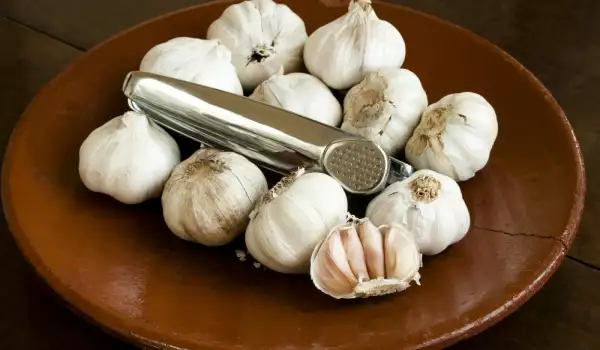
Harms from garlic
Garlic should not be consumed by people who have increased gastric secretion, diseases of the kidneys, bile and liver. Not recommended during breastfeeding and pregnancy. People with a known allergy to any of the ingredients of garlic should also refrain from consuming it.
Too frequent consumption of garlic can damage the gastrointestinal tract. It is possible to experience side effects such as nausea, heartburn, gas.
Fresh garlic can be dangerous for people taking blood-thinning medications, because it can increase bleeding and even lower blood pressure.
It is believed that garlic can become the cause of botulism, because the botulinum toxin develops very well in raw garlic, especially if it is immersed in fat and left at room temperature. Therefore, its consumption should be avoided.
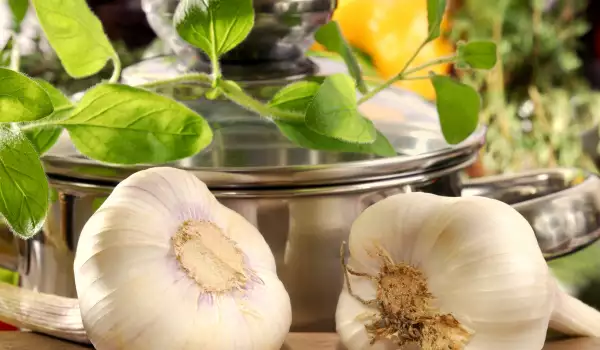
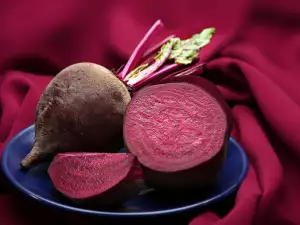
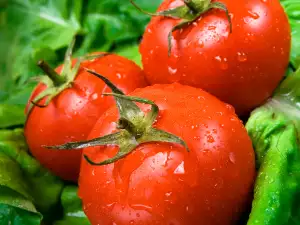
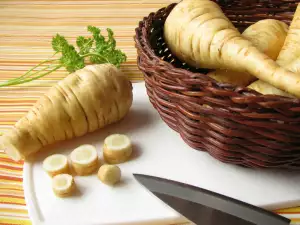


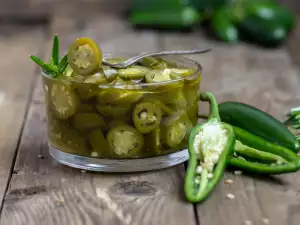
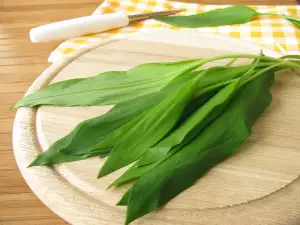
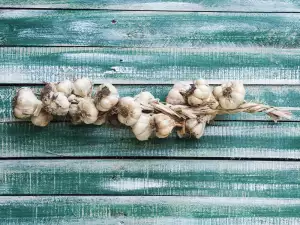
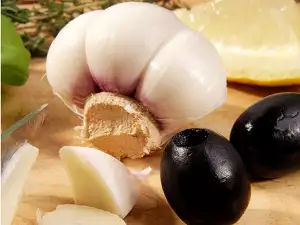
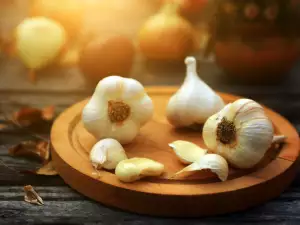
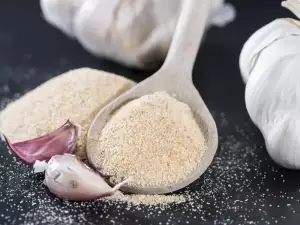
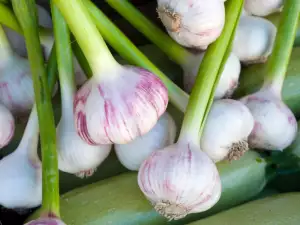
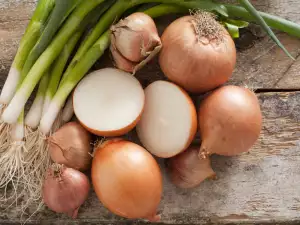
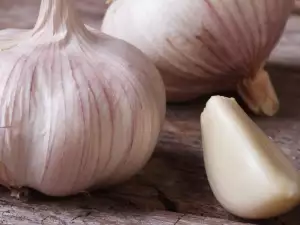
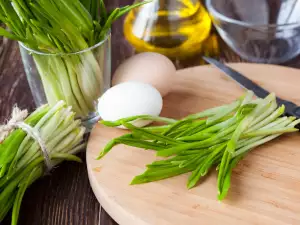




Comments